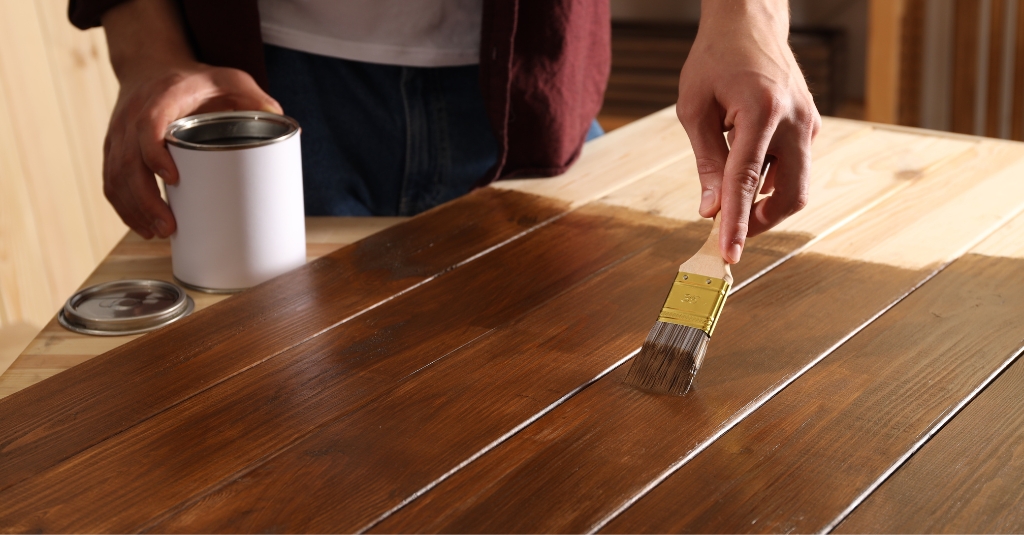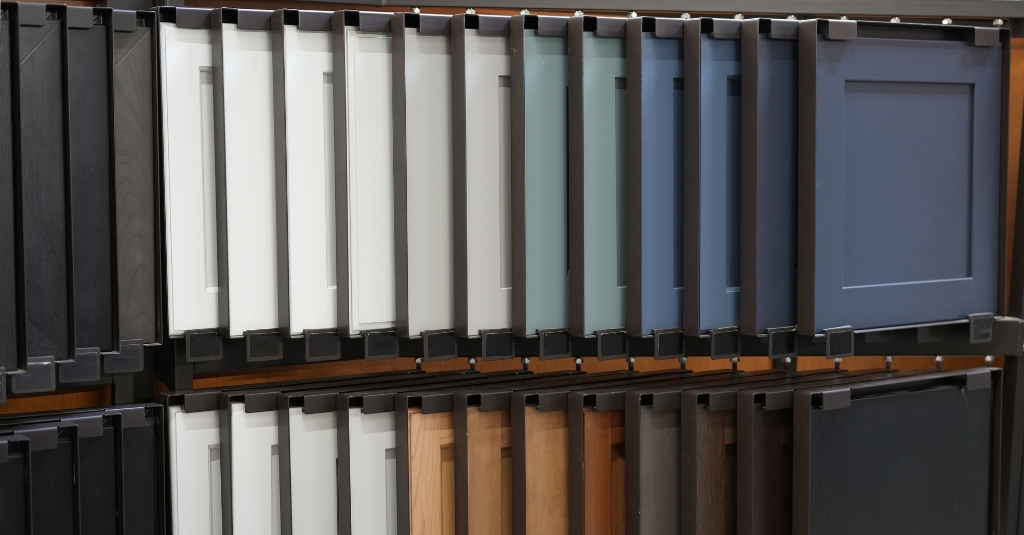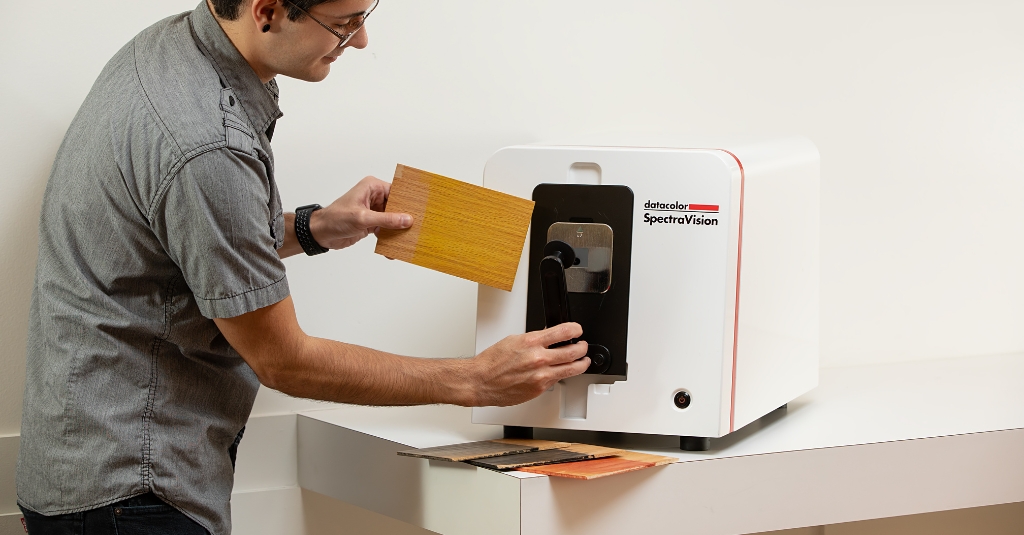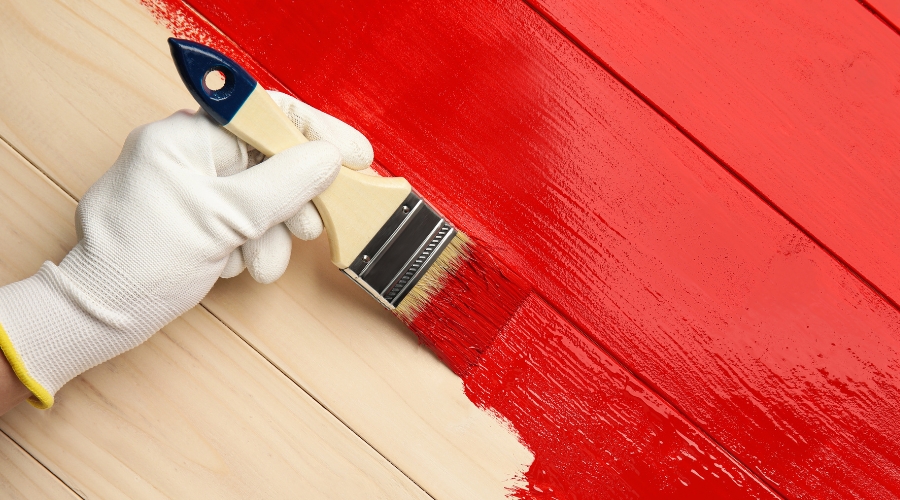Unlocking the Full Potential of Digital Color Management in Wood Coatings
The paint and coatings industry faces a wide range of challenges, from maintaining color consistency to reducing waste and meeting ever-tightening environmental regulations. These challenges are even more pronounced in the wood coatings subsegment, where both transparent stains and opaque coatings must adhere to strict color specifications while working with a substrate as variable as wood.
Industry-Wide Challenges in Paint and Coatings
Across the paint and coatings industry, companies grapple with several key obstacles:
- Raw Material Variability: Fluctuations in the availability of pigments and other raw materials often necessitate reformulations, delaying production and potentially affecting color accuracy.
- Environmental and Regulatory Pressures: Stricter environmental regulations push companies to reduce volatile organic compounds (VOCs) and adopt more sustainable practices, often while working with alternative, eco-friendly materials that may behave unpredictably.
- Cost Pressures: Balancing production costs with high-quality standards is challenging, especially when dealing with complex formulations, both for translucent and opaque coatings.
- Waste Reduction: Producing too many off-spec batches can lead to increased waste, impacting both financial and environmental sustainability. Minimizing errors in color matching and formulation is key to reducing this waste.

Unique Challenges for Wood Coatings
Wood coatings—both transparent stains and opaque finishes—present additional layers of complexity compared to coatings on other substrates. The natural characteristics of wood, such as grain, porosity, and absorption rates, vary widely not only between species but even within the same piece of wood. Achieving consistent color and finish is a multifaceted challenge. Key issues specific to wood coatings include:
- Color Consistency on Variable Substrates: Whether applying a translucent stain or an opaque coating, wood’s variable surface characteristics pose a challenge to achieving consistent color. Different species of wood absorb stains and coatings unevenly, and the natural grain can impact how opaque finishes adhere and look.
- Maintaining Desired Transparency or Opacity: For transparent stains, the challenge lies in highlighting the wood’s natural beauty while maintaining color accuracy. For opaque coatings, achieving full coverage without inconsistencies in the color finish requires precise formulation, especially when dealing with dense grains or knots in the wood.
- Customization Demands: Customers often require highly specific finishes—whether that’s a translucent stain to enhance wood grain or a solid, opaque color to create a uniform appearance. These customization needs require a flexible approach to formulation, particularly when matching complex colors to the natural variations in wood.
- Process Variability: The wood coating process can introduce variability due to factors like application methods, environmental conditions, and drying times. This variability affects both transparent stains and opaque coatings, and even small changes can lead to significant differences in the final color and finish.

How Digital Color Management Addresses These Challenges
By embracing advanced digital color management tools, companies can overcome many of the challenges associated with the wood coatings industry. Here’s how modern solutions address these specific pain points:
1. Tackling Color Consistency Across Natural Surfaces
Digital color management systems utilize precise color matching technologies to account for the natural variability in wood substrates. For transparent stains, these tools measure and predict how different wood species will absorb the stain, ensuring that the grain’s natural texture enhances rather than disrupts the color. For opaque coatings, digital systems ensure that the color appears consistently across the surface, providing full coverage and minimizing the effect of wood’s irregularities on the finish.
2. Achieving Transparency and Full Coverage with Precision
Maintaining consistency is key. Advanced color formulation software can model the behavior of both types of coatings. For transparent stains, these systems ensure that the natural wood grain is highlighted while keeping the color true to the desired shade. For opaque coatings, predictive algorithms refine formulations to achieve full coverage and uniform color across the entire surface, even on challenging woods like oak or pine.
3. Customizing Color Finishes for Every Need
Digital color management solutions excel at creating customized stains and opaque finishes for wood coatings. These systems maintain extensive databases that track the behavior of colorants on different wood types, allowing for accurate predictions of how colors will appear with minimal sampling. This capability ensures that manufacturers can quickly meet customer demands for custom finishes—whether highlighting wood’s natural beauty or creating a solid, uniform color.

4. Reducing Waste Through First-Shot Accuracy
The combination of advanced color measurement tools and self-learning algorithms significantly improves first-shot accuracy. With modern systems learning from each match they perform, they continually refine future color predictions. This leads to more accurate matches from the start, reducing the need for costly corrections and minimizing material waste. This capability ensures greater sustainability and efficiency in production.
5. Maintaining Control Over the Formulation Process
Digital color management tools allow manufacturers to adapt quickly to changes in raw materials while maintaining color accuracy. Formulation software recalibrates based on material changes to ensure the final product still meets color specifications. This agility is crucial to keeping production schedules on track and meeting customer expectations.
6. Enhancing Quality Control with Spectrophotometers
Spectrophotometers are an essential part of the digital color management process, providing real-time, objective color measurements throughout production. These devices capture precise color data, ensuring that each batch meets predefined standards. By incorporating spectrophotometers into quality control, manufacturers can detect deviations early and correct them before they affect the final product, ensuring consistency across all wood types and finishes.
Conclusion
By integrating advanced digital color management systems, wood coatings manufacturers can navigate the complexities of substrate variability, transparency, opacity, and customization demands with greater precision and efficiency. These systems not only improve color consistency and reduce waste but also provide the flexibility to adapt to changing materials and customer needs.
Through the use of predictive algorithms, precise color measurement, and enhanced quality control, the industry can ensure that wood coatings deliver the desired result—beautiful, consistent finishes that showcase or transform the natural beauty of wood.








